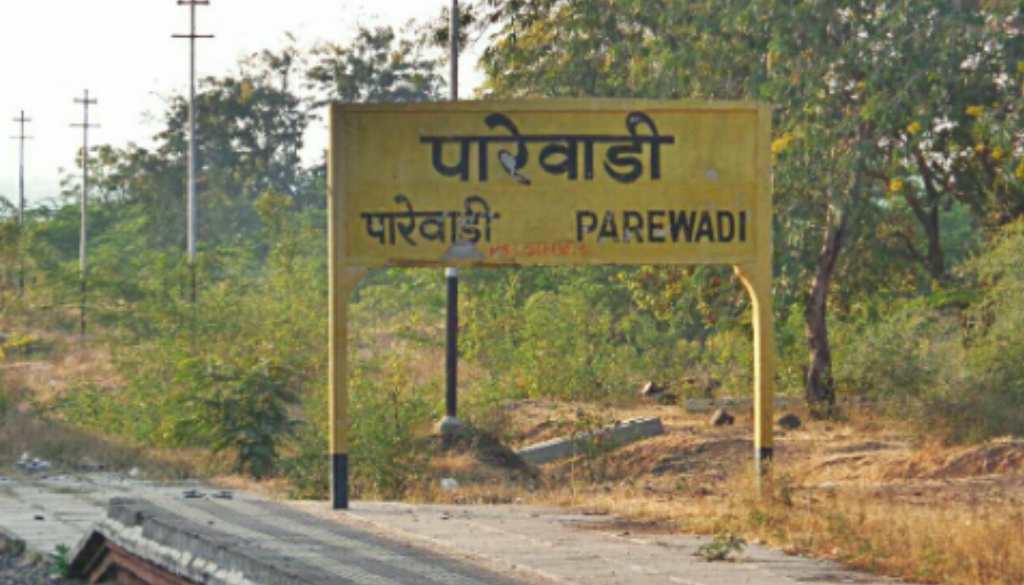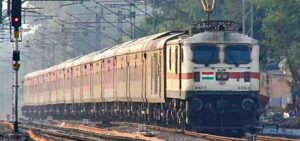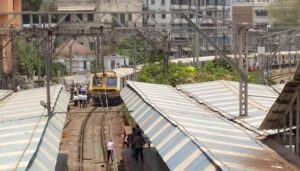Parewadi and Kirloskarwadi Stations to Serve as Experimental Stops for Pune Railway Routes

Varad Bhatkhande
Pune, 14th March 2024: To improve passenger convenience, the railway administration in Pune has announced plans for experimental stops along two crucial routes. Effective immediately, Parewadi Railway Station will serve as a stop for the Pune-Harangul-Pune special train. This decision is set to ease travel for commuters, with the train scheduled to arrive at 8.08 am and depart at 8.10 am.
Furthermore, starting March 19th, Kirloskarwadi Railway Station will accommodate a stop for the Pune-Miraj-Pune Express, further enhancing accessibility for passengers. The Express is slated to arrive at 11.53 AM and depart at 11.55 AM, while the Miraj-Pune Express will stop at Kirloskarwadi station at 5.03 PM, departing at 5.05 PM.
Factory Shifts vs. Railway Schedule
The Kirloskarwadi Railway Station experiences significant chaos during peak hours, primarily due to the influx of workers commuting to and from the Kirloskar Brothers Limited factory. Situated strategically close to the factory, the station serves as a vital transit point for individuals residing in areas like Kolhapur, Jaysinghpur, Sangli, Miraj, Takari, Karad, Koregaon, Satara, and beyond. Despite being a less developed area, Kirloskarwadi holds immense importance due to the factory’s employment of thousands of people. However, the mismatch between the factory’s shift timings and the railway schedule poses a significant challenge for workers.
According to an employee of Kirloskar Brothers Limited, the factory operates in three shifts for workers: 7 am to 3.30 pm, 3.30 pm to 11.30 pm, and 11.30 pm to 7 am. Meanwhile, staff members work from 8.30 am to 5.30 pm. Unfortunately, the existing railway timings do not align with these shifts, inconveniencing many workers who travel from various locations.
To address this issue, residents and factory employees are urging the railway administration to adjust the overall timings slightly. By doing so, they believe that employees of the factory could benefit significantly, reducing waiting times and streamlining their daily commute. This adjustment would not only alleviate congestion at the station but also enhance the overall efficiency of transportation for the community.







